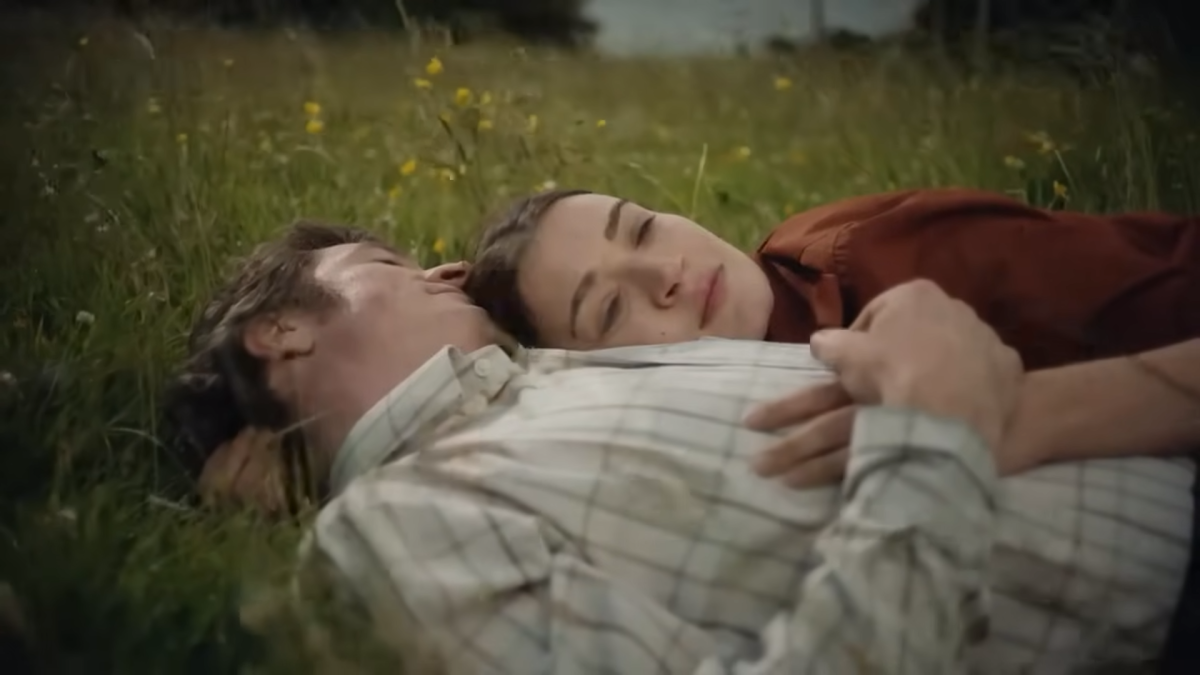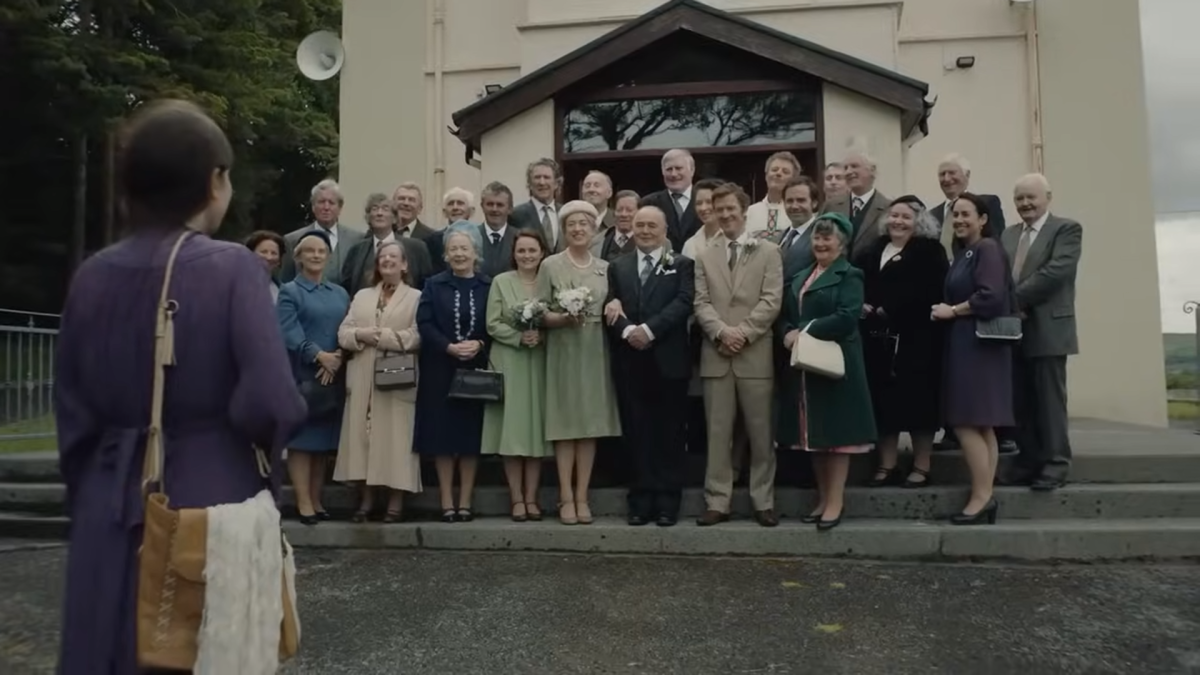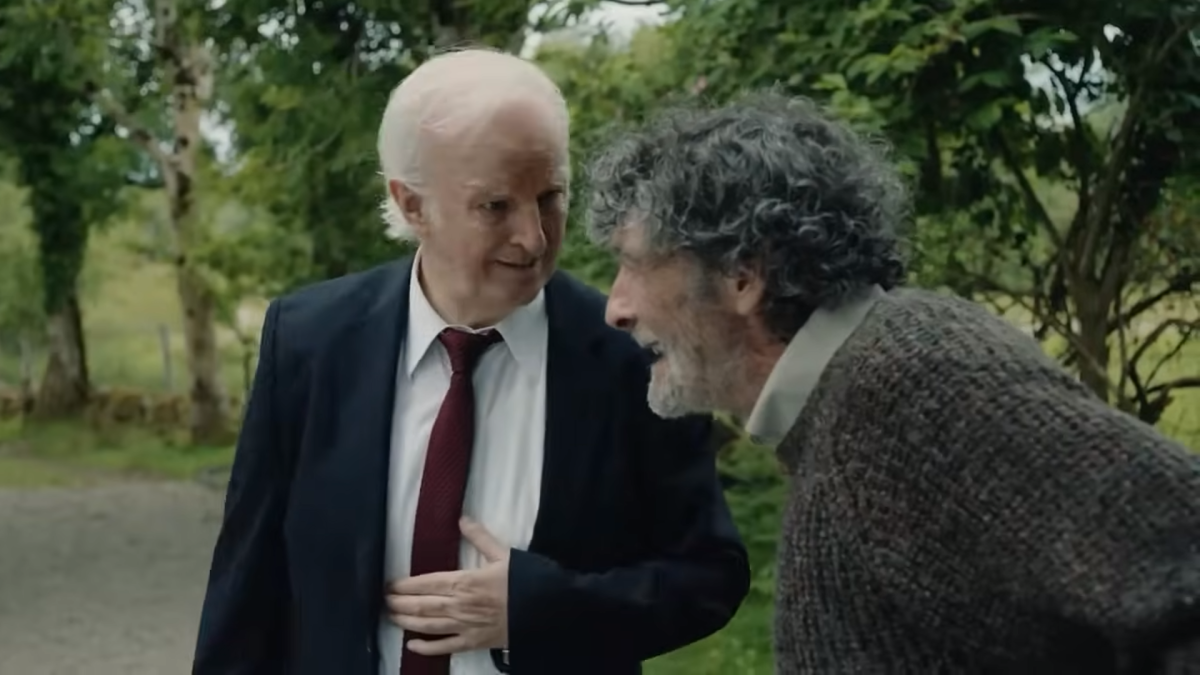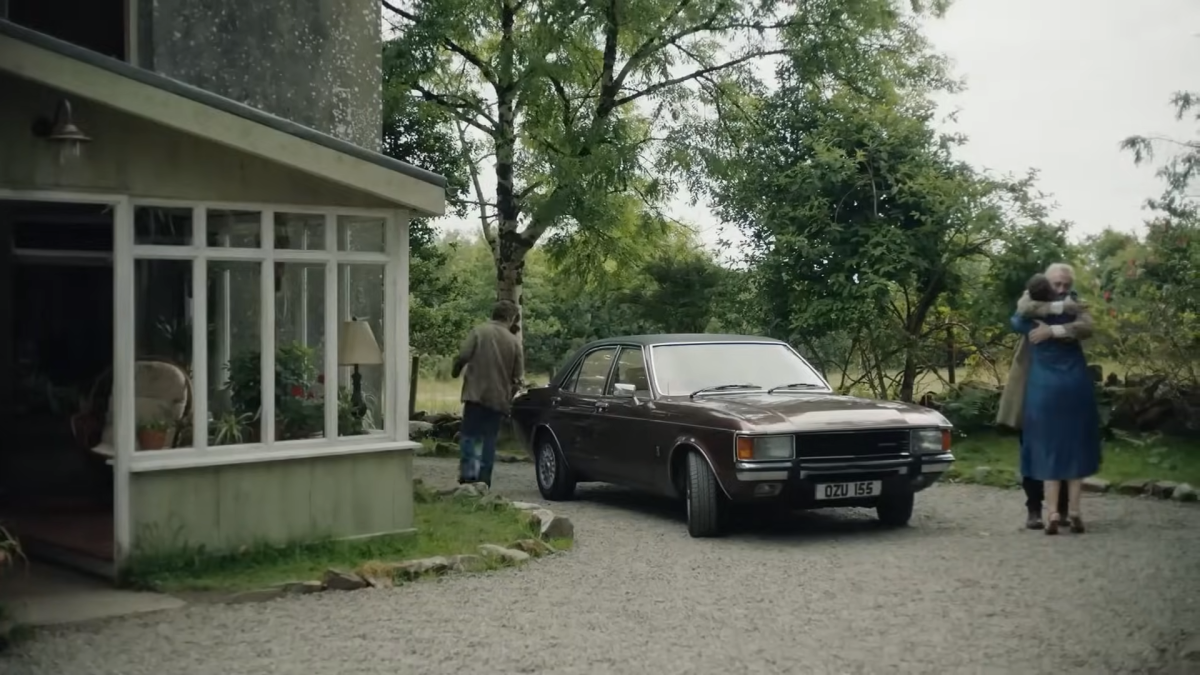Some viewers have noticed the numberplate on the Ford Cortina in That They May Face the Rising Sun, the recent film based on John McGahern’s 2002 novel of the same name. The plate reads ‘OZU 155’. Surely this is a reference to the Japanese filmmaker Yasujirō Ozu? In interview, the director, Pat Collins, has said that the coincidence of the number plate was unplanned, but deliberately retained.
Ozu is not well known in the West now, but he is certainly a canonical name among people, like Collins, who know their cinema history. Ozu is celebrated for an observational, restrained style of storytelling, with minimal music or camera movement and, indeed, minimal plot. Collins’s admirable adaptation of McGahern’s final novel bears more than passing resemblances to key Ozu films, such as Late Spring from 1949, Early Summer from 1951, Tokyo Story from 1953 and An Autumn Afternoon from 1962. Like Collins, these all share a concern with the gentle unfolding of inter-generational time, with subtle domestic interactions, and with the challenge (sometimes welcome, sometimes not) posed by the visitor from outside.
What is most pertinent about this playful reference, however, is the common take on Ozu that he addressed ‘universal’ themes, and that his appeal is ‘universal’. Similar observations litter the reception of That They May Face the Rising Sun, and of another recent Irish breakthrough hit that I consider a companion piece to this, 2022’s An Cailín Ciúin, directed by Colm Bairéad. Both of these films are set in isolated, unnamed rural locales, with ordinary folk as lead characters, and have plots that are not besmirched by the concerns of urban existence (crime and punishment, politics, violence, money, addiction, social isolation, class conflict), which tend to dominate the stories we watch on screen. As with Ozu, paring away as many specific plot details as possible makes these films feel, to reach for vocabulary favoured by reviewers, ‘timeless’, ‘classic’, ‘profound’, ‘dreamlike’, ‘beautiful’, ‘delicate’.
It has been a long-running complaint that Irish cinema was dominated too long by questions of national and/or sectarian identity, that its narratives were tediously populated by priests and hysterical IRA men running around in ill-fitting leather jackets. Why couldn’t we just have a ‘normal’ cinema that would tell non-political stories that would have a universal appeal? The embarrassment of a liberal commentariat, and academy, at our political backwardness means that any Irish film that is not about the British question in some form or other is greeted with praise for having achieved some kind of postnationalist maturity. The two recent Irish films that we are concerned with here are therefore feted, as evidence that we have grown up.

It is true of any film set in the past that it is as much about the time it is made as the time it depicts. That They May Face the Rising Sun is set in the early 1980s, but the couple at the heart of the story, self-exiled from the city, are recognisably from our times. The period details are minimal, and the sense of being in the past is achieved mostly by the omission of digital devices, screens and disposable homeware. The fashion and hairstyles, so often an important guide to period, are neutral enough to belong either to the 1980s or to the present, especially if we regard Joe and Kate as ageing hipsters. (All the other characters are timelessly old-fashioned in their appearance.) As for what they do, they are engaged in what we now call remote working and the back-to-basics simplicity of their existence, with its mix of intellectual life, light agricultural activity and overpopulation-conscious childlessness, has a whiff of prepperism.
A very memorable sequence dwells on the wake, hours after the unexpected death of the lonely Johnny, who has been marooned in a life of drudgery in London for decades. In the crowded kitchen of Johnny’s brother’s family, a woman leads the group of country people in reciting a decade of the rosary, keeping track with a set of beads on her lap. Everybody participates in the ritual, responding to her as she cycles through the prayers. We linger on the faces and voices for longer than a more distractable film would allow. In the midst of all this, our protagonists Joe and Kate remain silent. For all of their integration into the community and the vital welcome that they offer to all comers, they are nevertheless not fully part of it.
The tone of this separateness is carefully judged; the silence of Joe and Kate is not hostile, nor is it received badly, as the story is one of tolerance. But, whereas in the novel, it is the community that kindly tolerates the blow-ins who have landed in their midst, in the film the flow of tolerance has switched, and now it is the liberal couple who tolerate the traditional, conservative values of the community. The contemporary characteristics of Joe and Kate align them with our 2024 values. The vast changes that have taken place between the early 1980s and now are palpable in this difference.

Nobody knew better than McGahern the tightness of the stranglehold that the Catholic Church held over the life of the country, especially in rural areas and in the schools. (He lost his job as a teacher because of the content of earlier novels). It is apparent to us now that the church was in fact at an unsustainable peak of dominance, triumphant in the abortion referendum of 1983 and in the defeated divorce referendum of 1986. But events such as the outcries at the death of Ann Lovett and the persecution of Joanne Hayes would set in motion the church’s reputational freefall in the intervening decades (rapist priests, slave laundries, death camps for children of the unmarried, the list goes on) and the blanket implementation in recent times of what was in the past quaintly known as ‘the liberal agenda’.
That They May Face the Rising Sun is a document of the final years of the previous dispensation, before the enormous transformation that has brought us to the liberal consensus that now prevails. When did this change take place, and how? Certainly the election of Mary Robinson in 1990 is a milestone, and in and around that date we could also include the Maastricht Treaty, Sinead O’Connor ripping up a photo of the pope (both 1992), the rise of globalisation and neoliberalism (Clinton, Blair, the World Trade Organisation), the 1995 referendum that introduced divorce (by a margin of 0.28%), and the world wide web.
One other, admittedly cosmetic, landmark event was the switch in 1987 to the standard European style of car numberplates, where the numbers and letters actually mean something. ‘OZU 155’ stands for the Japanese filmmaker, whose work is celebrated for the vacuous virtue of being about everything and therefore about nothing — in other words, for being politically inoffensive. Any edge of critique present in Ozu is blunted on contact with a commentariat in search of liberal universalisms, hungry to understand ‘story’ as a virtue and ‘context’ as an embarrassment.

McGahern similarly needs to be pruned of embarrassing excrescences. The problem is that in all his books he is a border writer, constantly conscious of the Troubles, the aftermath of the Civil War, the problem of political-institutional legitimacy and the family dysfunctions that flow as a result. He presents the awkward vista of rural communities that to this day persist in voting for political gombeens, seemingly unable to adapt to the fact that people in Dublin and Brussels know what is best. The film adaptation of his final novel forgives these errors by the device of celebrating the tolerant humanism of the educated outsider, stand-ins for viewers who crave forgiveness for despising the backwardness of pre-liberal Ireland and its uncomfortable, unresolved politics and its quaintly non-rational numberplates.




